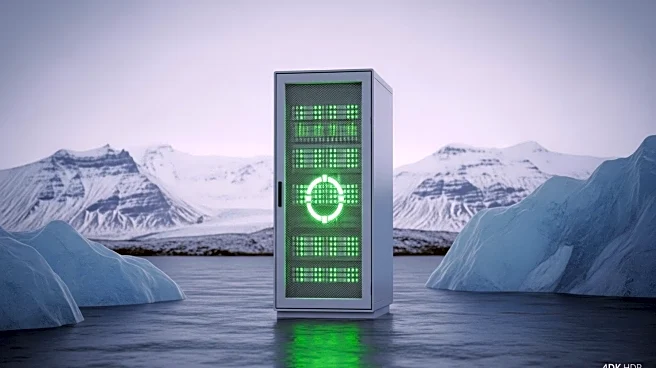What is the story about?
What's Happening?
The Iceland Symphony Orchestra has successfully negotiated a new collective agreement with the state, ending a prolonged contract dispute that lasted over a year. The agreement was signed, as confirmed by Sigurður Bjarki Gunnarsson, chair of the orchestra’s union. This development comes after staff had been working without a formal contract since March of the previous year, with negotiations reaching a standstill earlier this year. The union had been advocating for a pay rise promised in last year’s national stability agreements. The delay in reaching a deal was partly attributed to the absence of a general manager for the orchestra. Concerns about potential strike action were raised earlier in August, but the new agreement allows the orchestra to proceed with its season uninterrupted.
Why It's Important?
The resolution of the contract dispute is significant for the cultural sector in Iceland, as it ensures the continuity of performances by the Iceland Symphony Orchestra, a key cultural institution. The agreement also highlights the importance of stable employment conditions for artists and musicians, which can impact the broader cultural landscape. The successful negotiation may set a precedent for other cultural organizations facing similar challenges, emphasizing the need for effective management and negotiation strategies. The avoidance of a strike is beneficial for the orchestra's reputation and financial stability, as disruptions could have led to loss of revenue and audience engagement.
What's Next?
With the new agreement in place, the Iceland Symphony Orchestra can focus on its upcoming season and performances. The orchestra may also look into strengthening its management structure to prevent future disputes. The state and the union might engage in discussions to ensure long-term stability and address any remaining concerns. The resolution could encourage other cultural institutions to review their contract negotiation processes and employee relations.
AI Generated Content
Do you find this article useful?












